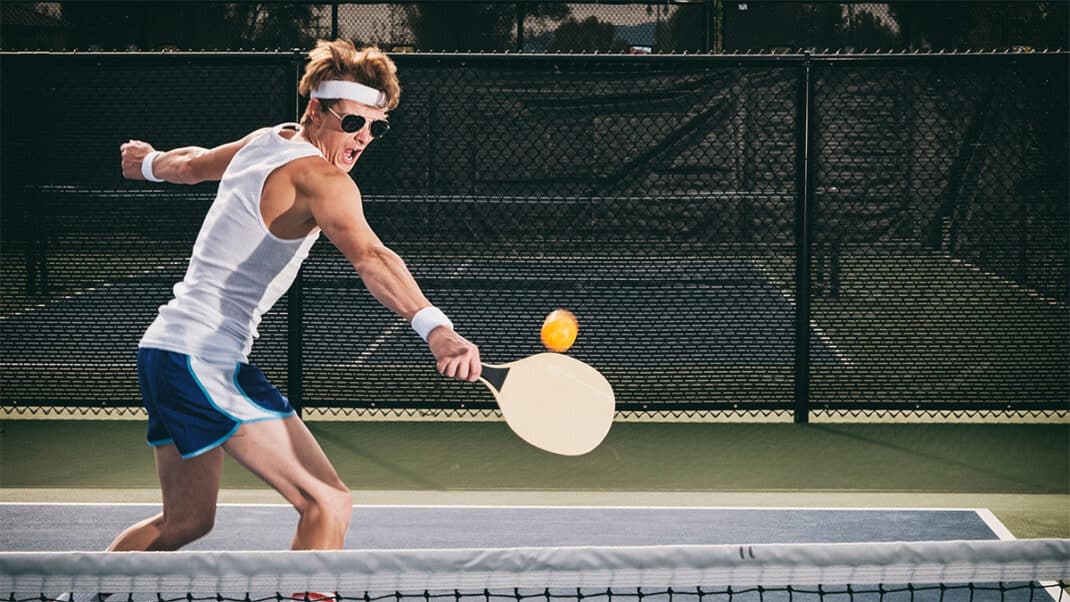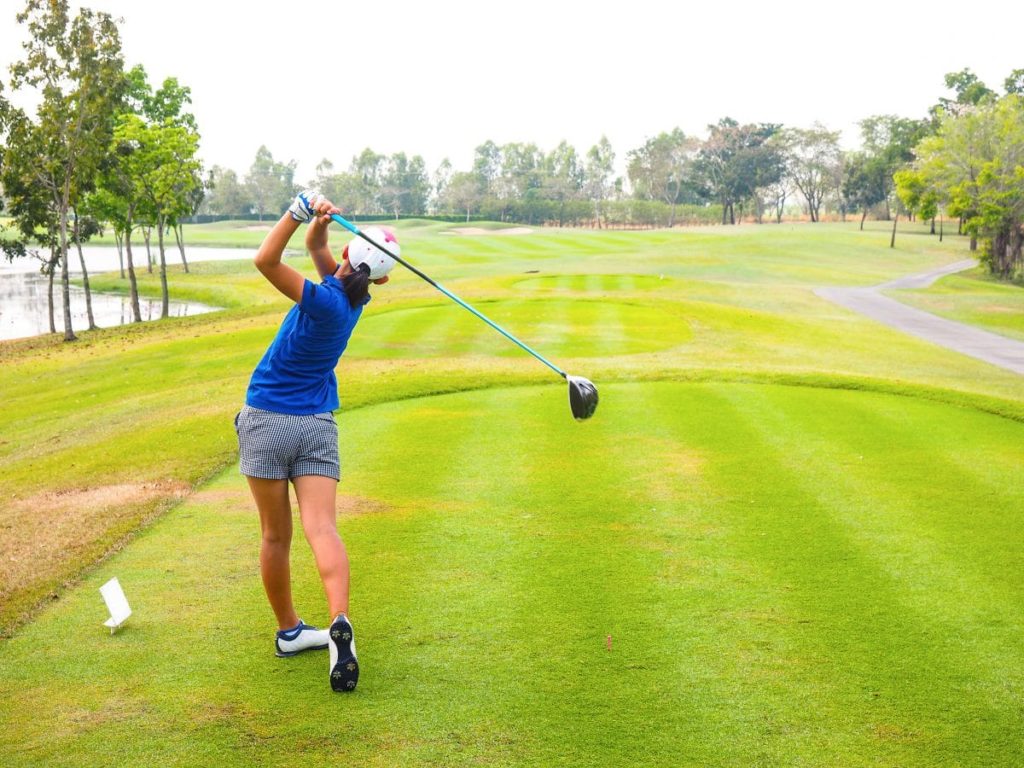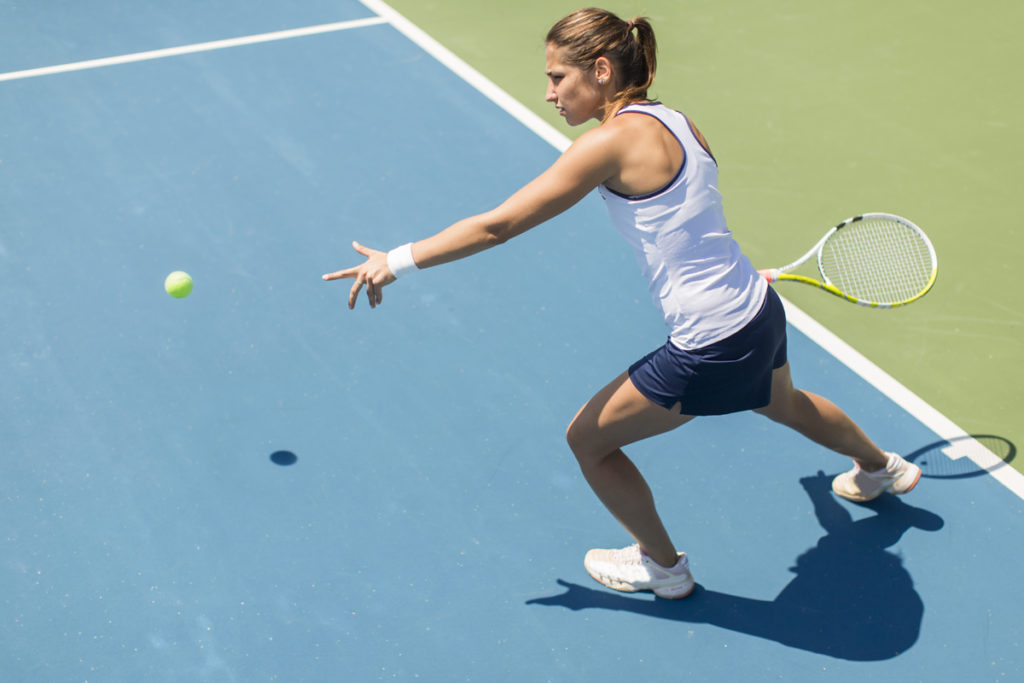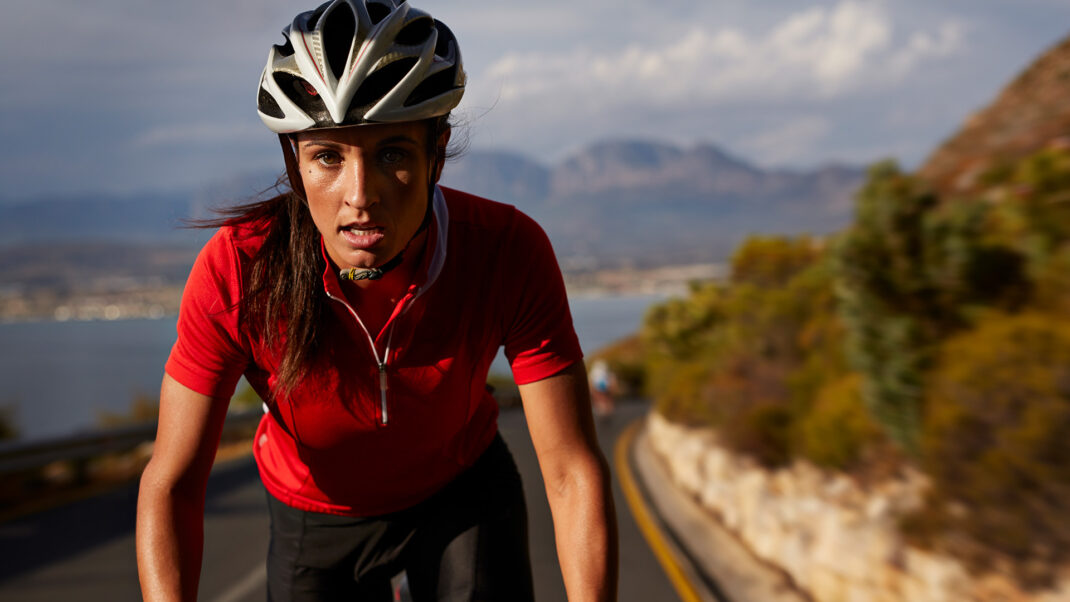Rotational Power: Moving Beyond the Sagittal Plane
Ensure your clients are strong and stable in all directions

Many clients enthusiastically participate in rotational sports, such as golf, baseball, softball, tennis, pickleball, hockey, lacrosse, handball and volleyball. As fitness professionals, one major goal is to help our clients perform more fluidly in their selected sport activities, while also providing training that helps protect them from injury. However, a traditional strength training program, with a lot of sagittal plane exercises, may not effectively stimulate the muscle tissues actively involved in these rotational sports (Earp and Kraemer, 2010). Therefore, including rotational exercises into the strength training programs is a meaningful complement to the other exercises in the program. This article will review some key considerations for developing rotational strength and power and provide several tips and applications for fitness pros to incorporate with their clients.
Introduction to Rotational Sports
Rotational power sports require explosive movements in the transverse (i.e., horizontal) plane and/or oblique (i.e., between transverse and sagittal) plane (Earp and Kraemer, 2010). The common factor with all these sports is the need to rotate the body to swing, strike, or throw, to get the desired effect, while participating in the given movements of that sport. Commonly, the rotation needed for certain sports requires high force, high velocity, or a combination of the two in the form of power (Zemkova, Poór, and Jelen, 2020). Ultimately, to help clients potentially enhance their self-selected recreational sport(s) performance that involve rotational movements, personal trainers will need to customize the exercise program design to include rotational exercises (Earp and Kraemer, 2010).

Basic Biomechanics of Rotational Sports
A vast majority of joint actions to produce rotational power occur in the transverse plane. This plane houses movements that rotate the torso or limbs around their vertical axis to produce a rotational movement. To achieve movement within the transverse plane, a variety of joints must work together to effectively produce this motion. There must be spinal rotation to facilitate torso motion. On the lower body, the recreational athlete must begin with hip internal and external rotation to help facilitate hip/lower body rotation. Following the hip, the knee must have slight internal and external rotation followed by possible ankle inversion and eversion. Both of which can help contribute to weight distribution, balance, or stability. Further, the upper body limbs participate heavily in throwing, which begins with shoulder motion. The shoulder joint must have internal and external rotation to help facilitate throwing or striking motions. This is usually followed by the elbow which will pronate or supinate, which can also lead to wrist flexion or extension. The entirety of the motions can be summed up by the kinetic chain. This implies that joint motions and their produced forces build upon each other, one after another, going in either direction up or down the kinetic chain.
What Exercise Tools Do You Need to Train Rotational Movements
Medicine ball power training is commonly employed for training rotational power (Andre et al., 2012). Andre and colleagues summarize that medicine ball power training is a most effective sport specific training modality, because of the velocity adjustments and range of motion possibilities of the many exercises. Additional exercise tools of rotational training may include bands, dumbbells, and kettlebells.
Considerations for Individual Sport and Implications for Training Programs
While many rotational sports have similar joint movements and similar needs, every rotational sport and recreational athlete must be trained individually (Zemkova, Poór, Jelen, 2020). This ensures the principle of specificity when training a client for their specific sport. A backhand throw in disc golf and a backhand swing in tennis have similar biomechanics, but in terms of their sport, the specific actions are discreetly different. Therefore, the training demands for every rotational sport are not the same. This was shown in a study by Zemkova, Poór, and Jelen (2020), who found significant differences between different sport athletes in the power of the acceleration phase of trunk rotations. These research results imply that rotational training may have crossover effects, but should be individualized to meet varying power demands of the sport. Training can occur in a group setting but must still be specific to each recreational athlete, including considerations for the client’s current injuries (if any), age, fitness level, as well as any observed areas of weakness or inability of a client.

Where do Rotational Exercises Fit in a Rehabilitative Program?
According to Wilk et al. (2016) the success of a rehabilitation program is dependent upon an accurate recognition of the underlying cause of the condition and all associated pathologic circumstances. The researchers continue that an effective rehabilitation program should focus on correcting the cause of the dysfunction and/or pain, with particular focus on re-establishing full range of motion and optimal dynamic stability. Implementation of a resistance training program should be executed to fully restore strength and local muscle endurance of the affected area. In addition, Wilk et al. (2016) suggest the rehabilitation program should incorporate exercises that link the upper and lower extremities. A fully effective rehabilitation program will evolve to include sport-specific drills, rotational exercises and functional activities that allow a safe return to sport and activity.
From Theory to Practice: A Rotation Exercise Primer
Below are 3 different rotation exercises for Personal Trainers to consider incorporating in client program designs. A web search will show there are many more rotation exercises (with instructions), so I consider this to be the start, with more to come from your own selection. But first, some teaching tool tips to follow when introducing rotational exercises to clients:
- Explain the purpose of the rotational exercise to your client so she/he understands the rationale and appropriate application.
- Emphasize correct technique and form with the rotational exercises and have each client maintain a smoothness of movement during the entire sequence of each exercise.
- Some clients have limited range of motion due to muscle-joint deficiencies. Strive to have these clients perform the rotational exercises at an optimum range of joint motion for the client, without any pain sensations.
- Maintain a consistent line of communication with the client while he/she performs the rotational exercises, providing movement feedback and modifications as needed.
Exercise 1: Decline Russian Twist
The decline Russian twist is a variation of the classical Russian twist exercise. This exercise involves sitting on a decline bench, placing the feet securely under the foot pads (or held by the personal trainer), while holding a weight such as a medicine ball, dumbbell or kettlebell. From this position, twist the torso from side to side, emphasizing the eccentric phase of the movement.
Exercise 2: Pallof Press
The Pallof press can help with coordination, balance, and posture, as well as improve strength and stability of the lower spine musculature. Physical therapist John Pallof shared this exercise with the fitness community in the early 2000’s. Place a resistance band or cable pulley (with a single handle attached) at approximately chest-height. Grasp the band or handle with both hands and hold it in front of the sternum with bent arms. Keep the shoulders squarely over the pelvis and the feet just beyond shoulder-width, and perform a partial squat. Brace your core as you extend your arms, pushing the band (or cable) away from your chest.
Exercise 3: Renegade Rows
Position two dumbbells on the floor about shoulder-width apart for the client. Start with a lighter weight and gradually progress as the client feels comfortable with more load. Begin by having the client get into a straight-body pushup position, grasping the grip of each dumbbell. Keeping the core engaged, pull one arm back (i.e., in a row movement), lifting the dumbbell to the waist. Return the dumbbell to the floor position and complete on the other side, alternating the rowing action until the desired repetitions are completed.

Summary Thoughts to Consider
In our post-COVID-19 world, health and fitness programs are evolving from traditional Group X fitness classes and personal training sessions to include elements that enhance exercise adherence, by combining more holistic and socialization aspects into the fitness activity, as well as new and/or different movement experiences. Including a variety of rotation exercises will not only train the neuromuscular systems of the body, but also provide practical training for the many rotational sports clients are now doing. The impact of adding more rotational exercises in a program will also support the central theme of functional exercises, as everyday tasks require multiple muscle groups performing in multiple planes of motion. Go for it!
See also: How to Improve Tennis Performance
References
Andre, M., Fry, A.C., Heyrman, M.A. et al. (2012). A reliable method for assessing rotational power, Journal of Strength and Conditioning Research, 26(3), 720-724.
Earp, J.E. and Kraemer, W.J. (2010). Medicine ball training implications for rotational power sports. Strength and Conditioning Journal, 32(4), 20-25.
Zemkova, E., Poór, O., and Jelen, M. (2020). Sport-specific differences in power–velocity–force profiling during trunk rotations at different loads. Applied Sciences, 10, 8366; https://doi.org/10.3390/app10238366
Wilk, K.E., Arrigo, C.A., Hooks, T.R. et al. (2016). Rehabilitation of the overhead throwing athlete: There is more to it than just external rotation/internal rotation strengthening. Advanced Sports Medicine Concepts and Controversies, 5:5 DOI: 10.4172/2324-9080.1000241
Len Kravitz, PhD
Len Kravitz, PhD is a professor and program coordinator of exercise science at the University of New Mexico where he recently received the Presidential Award of Distinction and the Outstanding Teacher of the Year award. In addition to being a 2016 inductee into the National Fitness Hall of Fame, Dr. Kravitz was awarded the Fitness Educator of the Year by the American Council on Exercise. Just recently, ACSM honored him with writing the 'Paper of the Year' for the ACSM Health and Fitness Journal.






